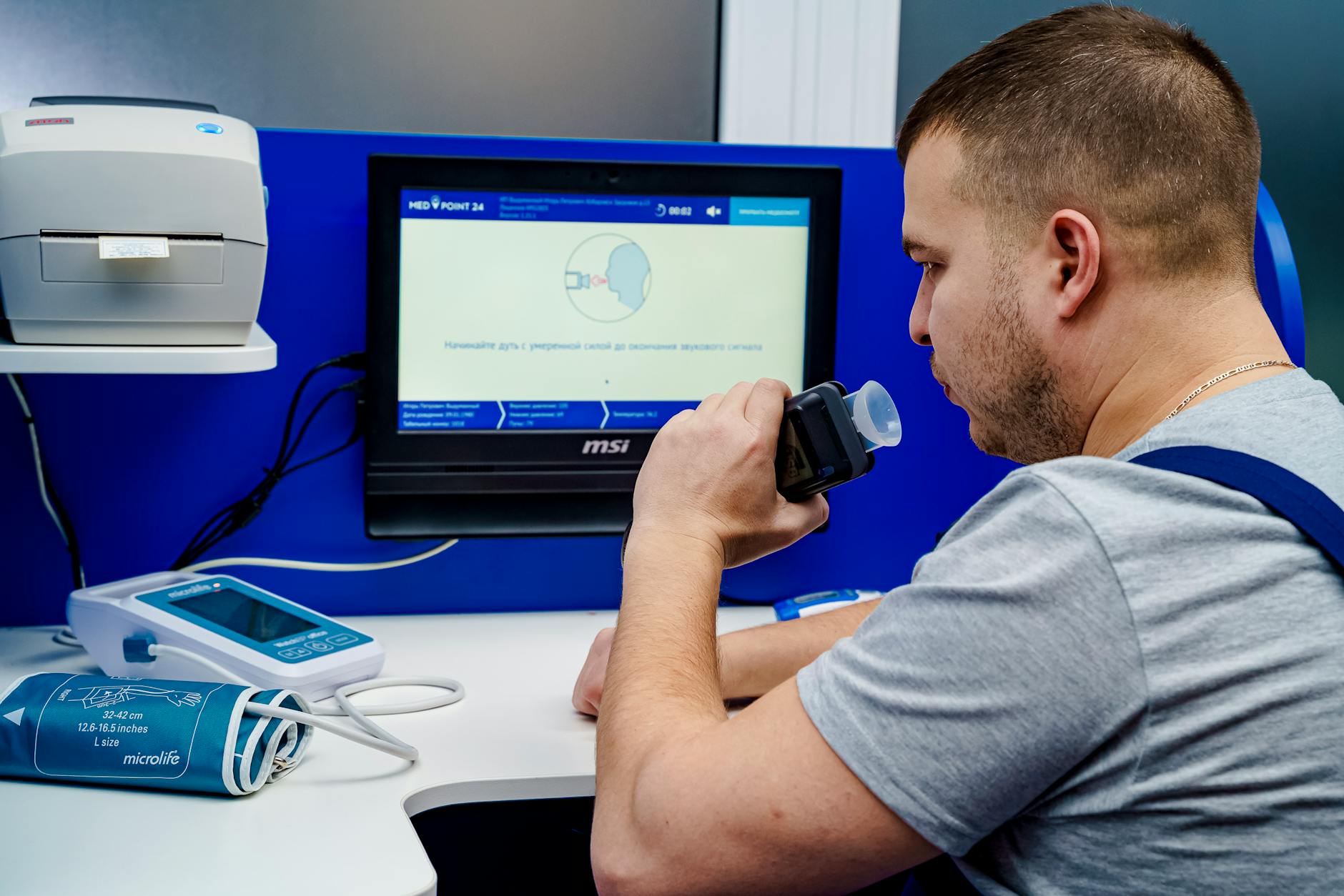Discover the surprising factors that can influence how drunk you get and why not all drinks affect you the same.
Table of Contents
Have you ever found yourself at a party, wondering how many beers it will take for you to feel the effects of alcohol? Many factors come into play when it comes to alcohol consumption, and understanding them can help you make more informed decisions about your drinking habits. In this blog post, we will explore the intricacies of alcohol metabolism, individual tolerance levels, and various factors that can influence how quickly someone becomes drunk.
Understanding Alcohol Metabolism
alcohol metabolism is a complex process that begins as soon as you start sipping on that cold beer. Once alcohol enters your system, it is quickly absorbed into the bloodstream through the stomach and small intestine. Your liver then goes to work breaking down the alcohol into acetaldehyde, a toxic byproduct that is eventually converted into harmless substances and eliminated from the body.
Several factors can influence how efficiently your body metabolizes alcohol, including your age, sex, weight, and genetics. For example, younger individuals tend to metabolize alcohol at a faster rate than older adults, while women generally have lower levels of the enzyme responsible for breaking down alcohol compared to men. Additionally, individuals with a higher body weight typically have a larger blood volume, which can dilute alcohol levels and reduce intoxication.
Alcohol metabolism is typically measured in terms of blood alcohol concentration (BAC) levels, which can vary depending on the amount of alcohol consumed and the speed at which it is metabolized. Legal limits for BAC are in place to ensure public safety and prevent drunk driving incidents.
Individual Tolerance Levels
When it comes to alcohol consumption, not everyone reacts the same way to the same amount of alcohol. Tolerance refers to a person’s ability to withstand the effects of alcohol without becoming severely intoxicated. Individuals who frequently consume alcohol may develop a tolerance over time, requiring higher doses to achieve the desired level of intoxication.
While having a high tolerance may seem like a sign of resilience, it can also be a warning sign of alcohol dependency. Chronic heavy drinking can lead to physical and psychological dependence on alcohol, putting individuals at risk for a wide range of health problems and addiction.
It’s important to be mindful of your tolerance levels and recognize when your drinking habits may be becoming problematic. Seeking help from a healthcare professional or support group can be crucial in addressing issues related to alcohol dependency.
Factors Influencing Intoxication
Aside from alcohol metabolism and individual tolerance, several other factors can influence how quickly someone becomes intoxicated. For example, consuming food before or while drinking can slow down the absorption of alcohol into the bloodstream, reducing the likelihood of getting drunk quickly.

Image courtesy of www.health.mil via Google Images
Hydration also plays a role in alcohol absorption, as drinking water between alcoholic beverages can help maintain fluid balance and reduce the risk of dehydration. Certain medications can interact with alcohol, amplifying its effects or causing adverse reactions that can compromise your health.
Mixing different types of alcohol and drinks can also affect intoxication levels, as the combination of various ingredients can alter how your body metabolizes alcohol. It’s important to be cautious when experimenting with different beverages to avoid unexpected consequences.
Ultimately, responsible drinking involves being aware of your limits and taking precautions to ensure your safety and well-being. Knowing how different factors can influence your intoxication level can help you make more informed decisions when it comes to alcohol consumption.
Conclusion
As we’ve explored the science behind alcohol metabolism, individual tolerance levels, and various factors influencing intoxication, it’s clear that the answer to the question of how many beers it takes to get drunk is not a simple one. Alcohol affects each individual differently, and understanding the complex interplay of factors involved can help you navigate your relationship with alcohol more effectively.
By being mindful of your alcohol consumption, monitoring your tolerance levels, and considering the various factors that can influence intoxication, you can make informed decisions about when and how much to drink. Remember to always drink responsibly and seek help if you feel your drinking habits may be becoming problematic.
Share your thoughts and experiences with alcohol consumption in the comments below. Let’s continue the conversation on how to approach alcohol in a safe and responsible manner.
FAQ
How long does it take for alcohol to be metabolized?
Answer 1: On average, it takes about one hour for your body to metabolize one standard drink. Factors like age, weight, sex, and genetics can influence the rate of alcohol metabolism.
Can mixing different types of alcohol increase intoxication?
Answer 2: Yes, mixing different types of alcohol can increase intoxication as the combination of various ingredients can alter how your body metabolizes alcohol, leading to unpredictable effects.
Does drinking water between alcoholic beverages help reduce intoxication?
Answer 3: Yes, staying hydrated by drinking water between alcoholic beverages can help maintain fluid balance and reduce the risk of dehydration, potentially slowing down the absorption of alcohol into the bloodstream.
How can I know if my alcohol tolerance is becoming problematic?
Answer 4: Signs that your alcohol tolerance may be becoming problematic include needing higher doses to achieve intoxication, experiencing withdrawal symptoms, and feeling unable to cut back on alcohol consumption despite negative consequences. Seek help if you suspect alcohol dependency.
Generated by Texta.ai Blog Automation


Leave a Reply